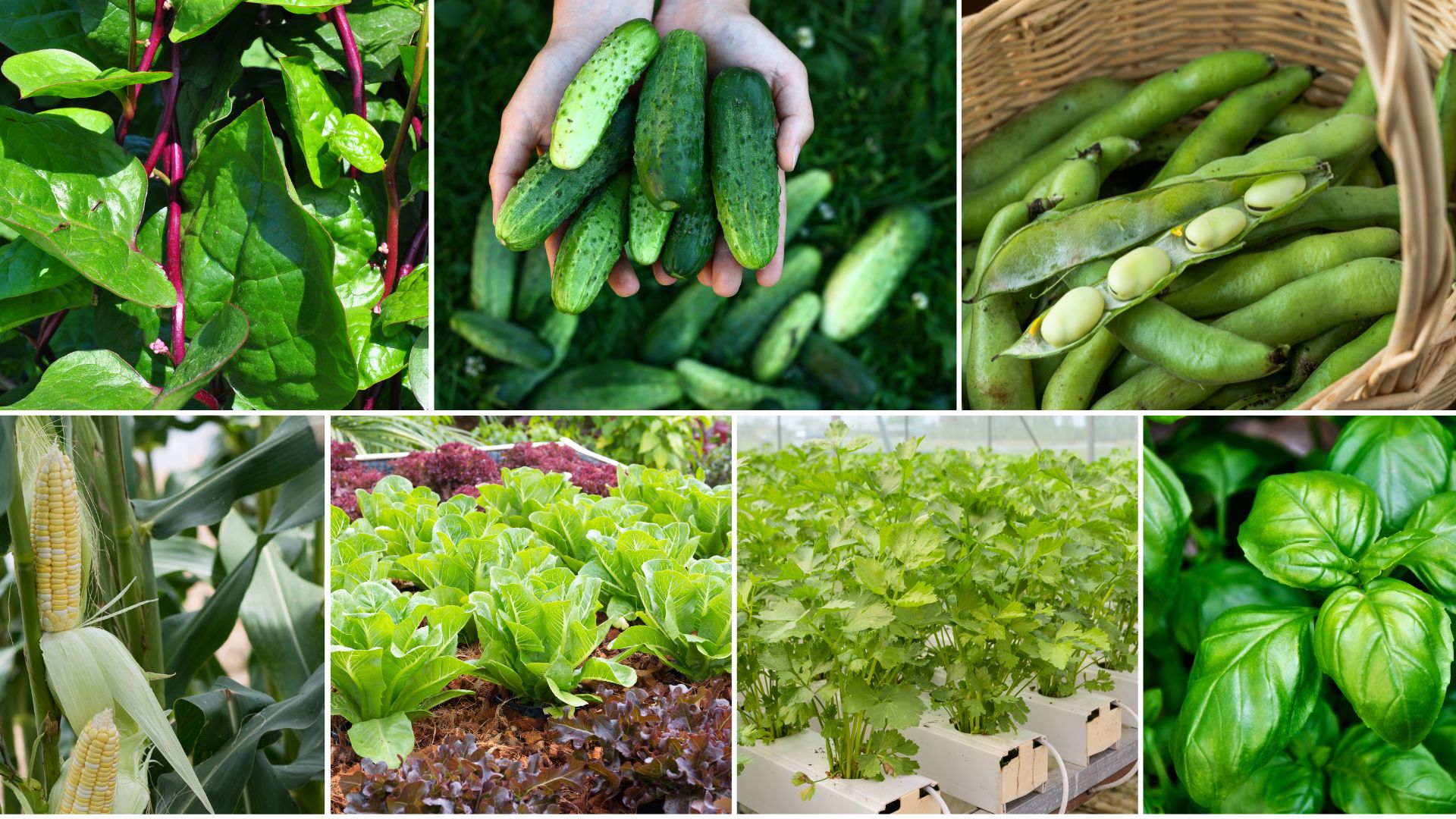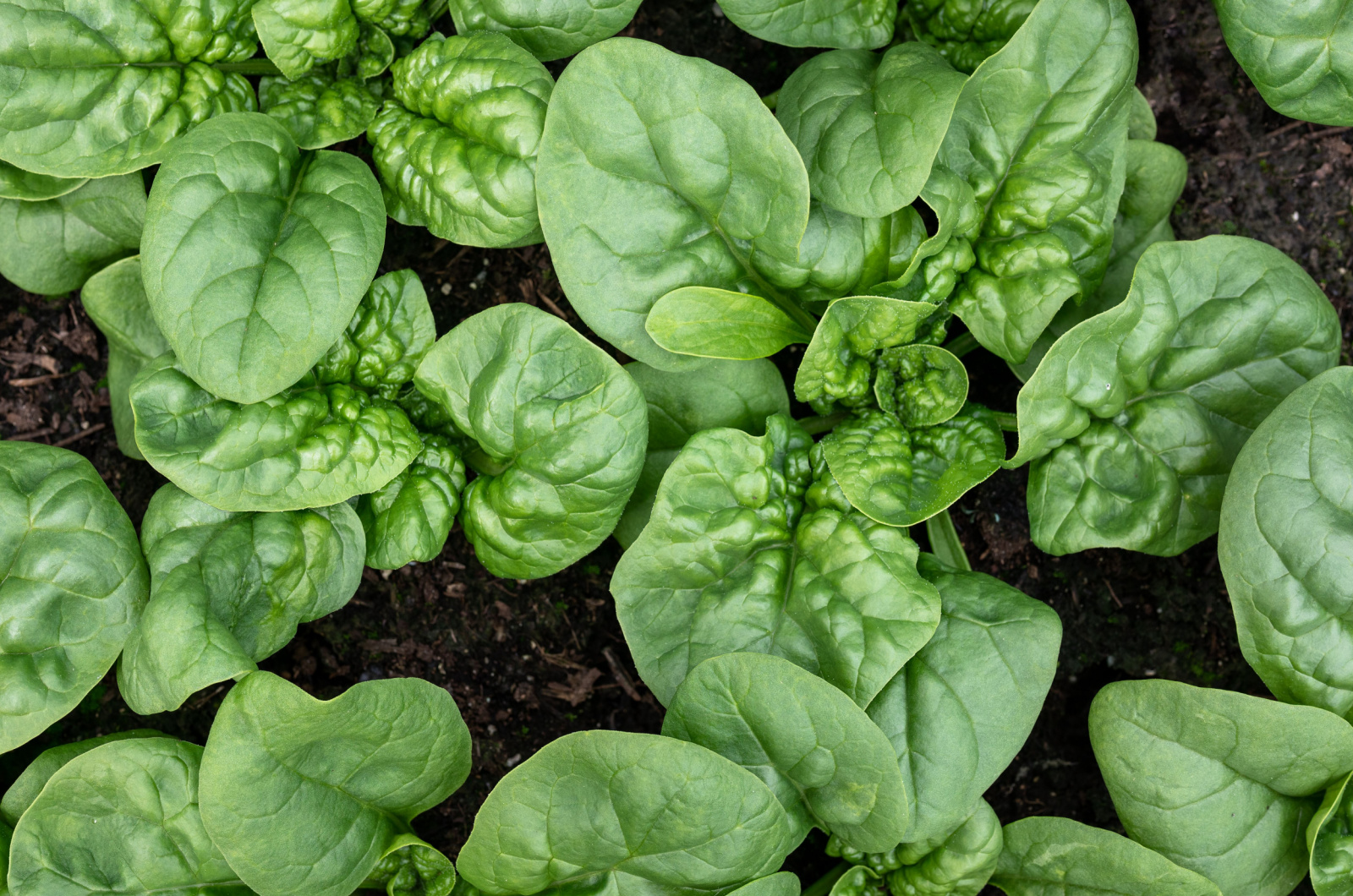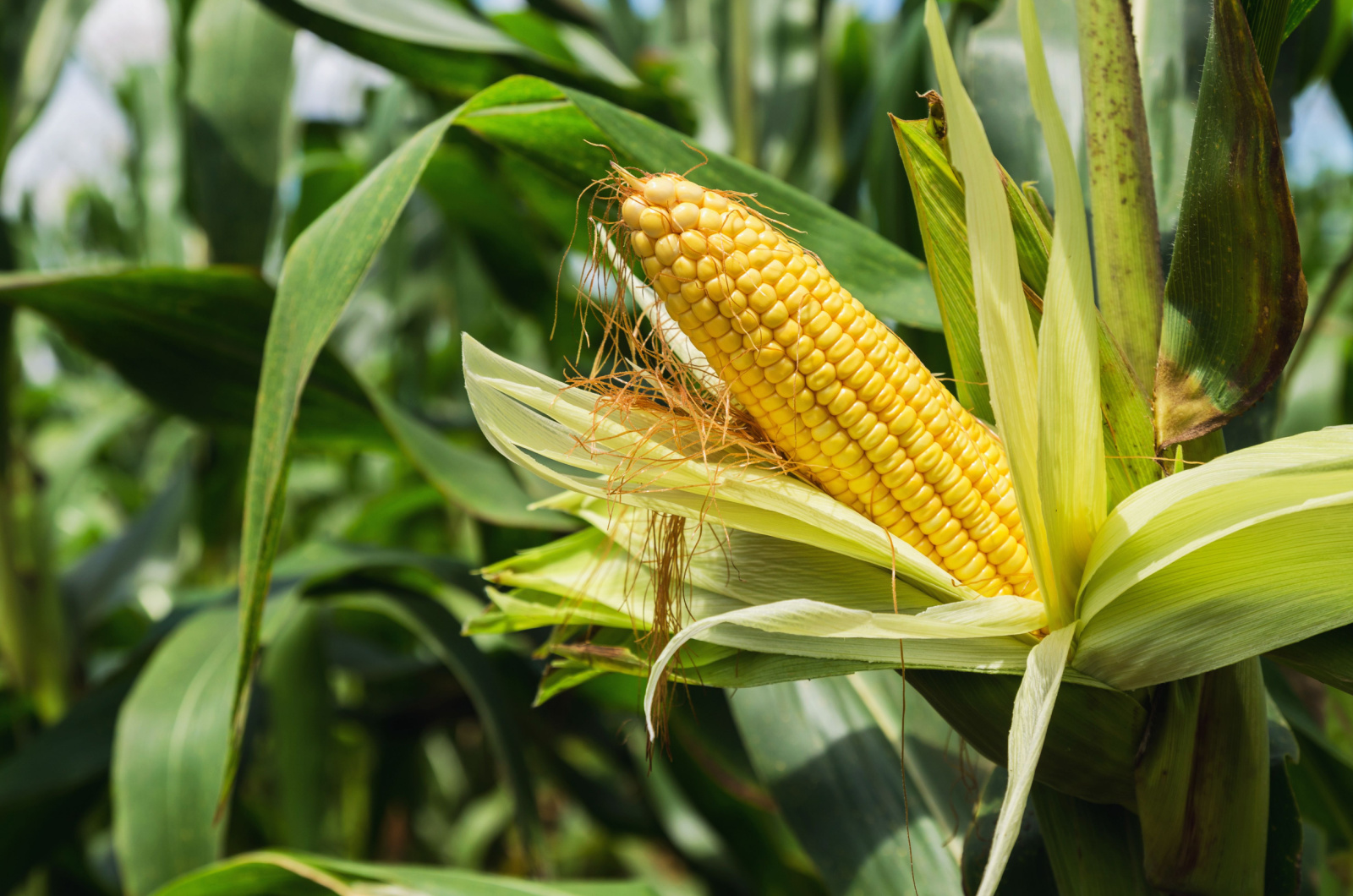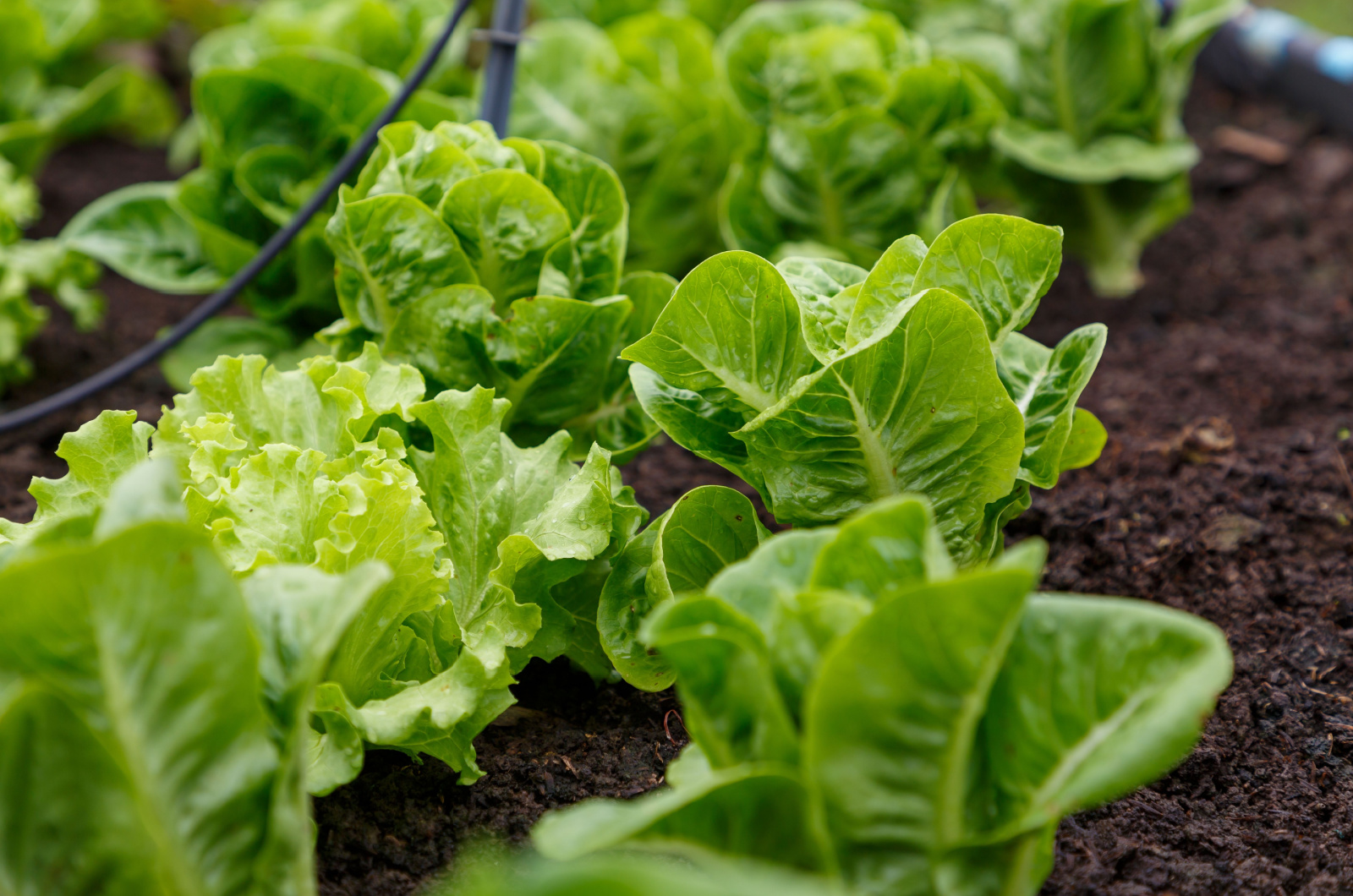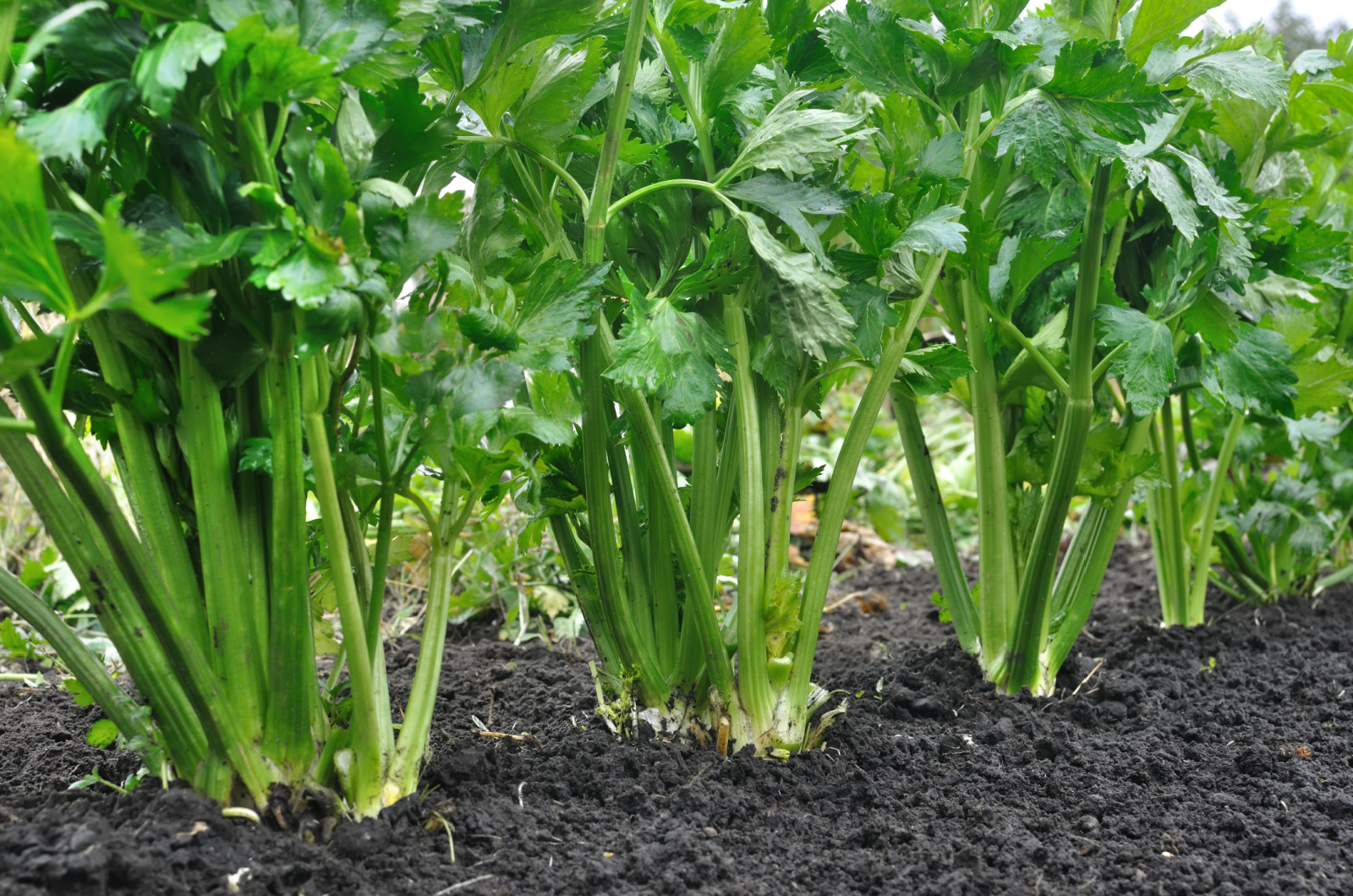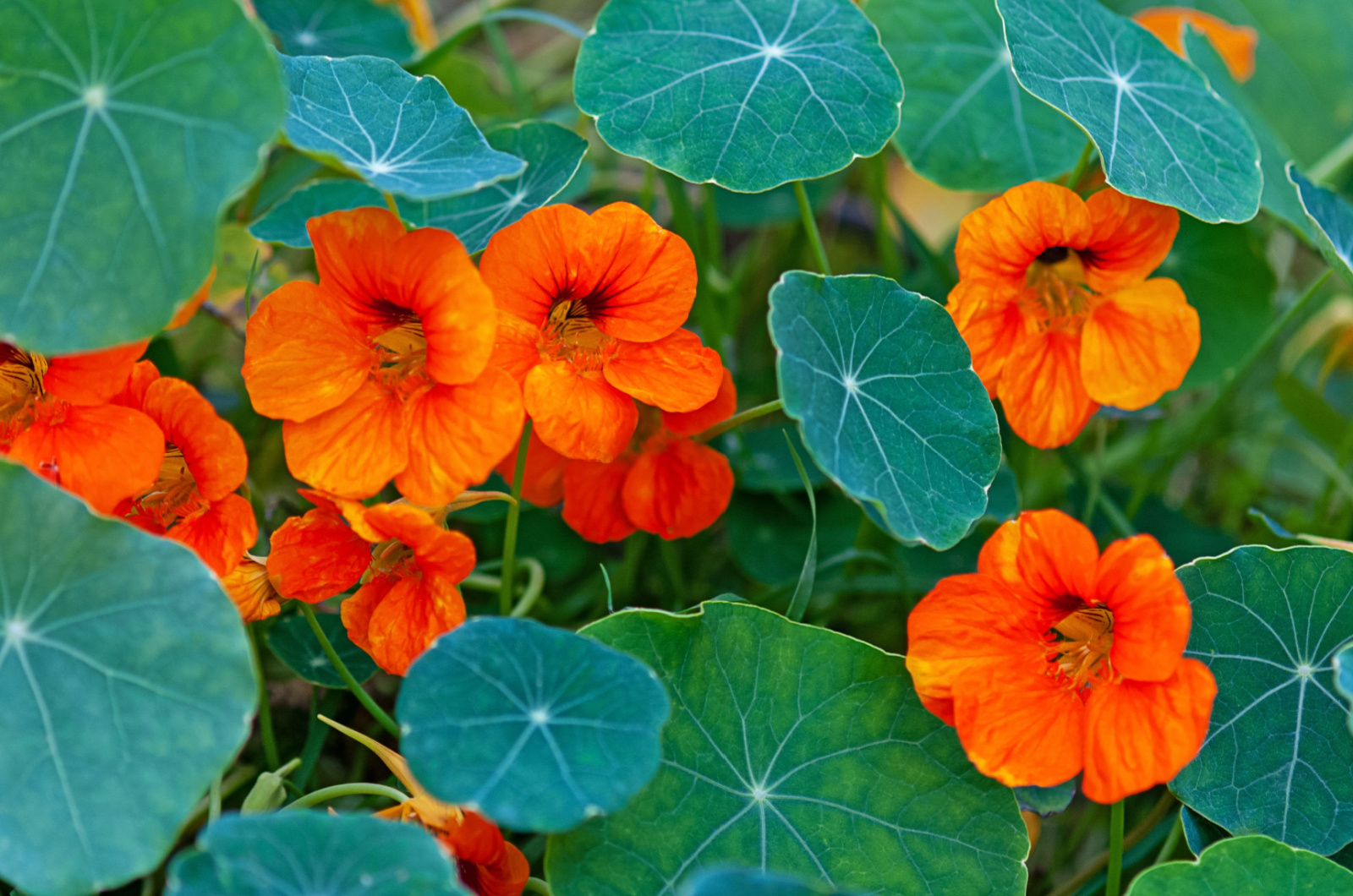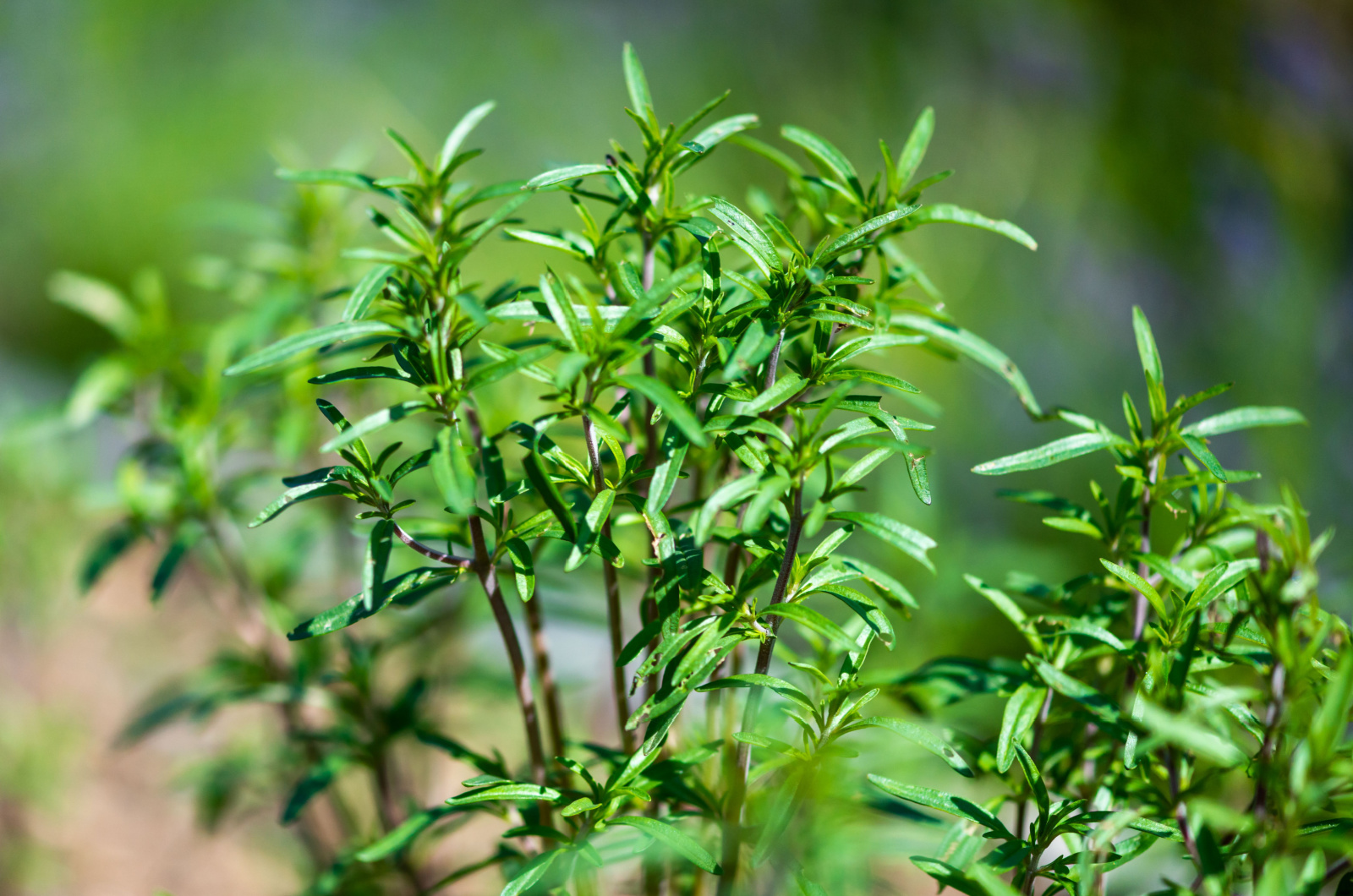Gardeners love veggies that grow fast, don’t need much to thrive, and produce many crops. Peas have all these features plus they’re super tasty and that’s why they’re part of many veggie gardens worldwide.
There’s one method you can use to get the best out of your peas: companion planting. It will help you repel pests but some plants will also enhance the peas’ flavor and increase the rate of pollination.
Let’s see the 11 best companion plants for peas!
1. Spinach
We’ll start our list with this cool-season veggie known for its hardiness. Spinach can actively grow in spring or fall just like peas.
What’s amazing about this combination is that you’ll be able to fit more plants in your garden. Peas grow vertically which means they won’t steal any space from your spinach.
Additionally, spinach leaves will cast a shade upon the soil surface and help it regulate moisture. And best of all, it will prevent weed development on the soil surface and that’s every gardener’s dream!
2. Cucumbers
No matter if you are growing vining or bush cucumber varieties in your garden, both will get along well with peas.
If you grow your bush cukes in containers, peas will also grow well there since both plants are small. On the other hand, if you have vining cucumber varieties, simply attach them to the same trellis as for your peas.
Pea and cucumber care requirements are almost the same but they are harvested at different times of year, which means you’ll get the best yield from both plants.
3. Corn
Have you ever heard of the Three Sisters planting method? It refers to planting corn, squash, and pole beans next to each other to maximize the harvest of each.
Well, you can plant peas instead of pole beans and have similar results. Corn is a nutrient-hungry plant so it will benefit from the nitrogen the peas add to the soil.
Corn has something for the peas, too. Its sturdy stalks will serve as a trellis for pea vines; it’s a win-win situation!
4. Beans
Peas and beans have almost the same growing requirements, which means your gardening chores won’t increase if you grow both plants.
You can save some money, time, and space if you attach both of these vining species to the same type of vertical trellis.
Another reason why these plants do well if planted next to each other is because beans grow well in warmer temperatures, whereas peas like some cold. This will ensure a bountiful harvest starting from spring and lasting through fall!
5. Lettuce
Well, peas and lettuce aren’t fans of warm temperatures and that’s actually the number one reason why lettuce tastes bitter. However, both veggies reward us with high yields in spring and fall.
Lettuce isn’t a tall plant so it will fit perfectly beneath pea vines. This means two things: you’ll save space and have more homegrown veggies if you have a small garden!
Another benefit of this relationship is that lettuce will benefit from the nitrogen that peas add to the soil.
6. Root Vegetables
Veggies grown under the ground, such as radishes, turnips, and carrots, make perfect companions for peas.
These are low-growing vegetables which means they won’t ‘steal’ light from your peas. Additionally, the majority of root veggies prefer cooler temperatures just like peas, so you can cultivate them together in spring and fall.
Last but not least, root veggies like nitrogen and peas will gladly fix it for them.
7. Celery
Peas and celery plants have a lot in common. They have similar growing requirements and thrive best in cooler temperatures. Additionally, both plants prefer consistently moist soil.
Your gardening chores won’t increase if you add celery next to your peas and you’ll also use less fertilizer.
Celery needs nitrogen and since peas fix this nutrient in the soil, they’ll improve celery growth. Pea vines will also provide some shade for your celery and protect it from harsh sun rays.
8. Basil
Anyone for pesto? Just me then! Well, the heavenly flavor of basil isn’t the only reason why growers keep this plant in their gardens. Its strong scent repels pests and this feature is especially useful for peas.
Peas and thrips are sworn enemies and these nuisances severely affect the peas’ growth. This is where basil steps in!
But peas have something for basil too; they’ll protect delicate basil from wilting and sunburns!
9. Nasturtiums
Nasturtiums are one of the most popular companion plants for many veggies and they work perfectly for peas.
They’re renowned for their strong fragrance that repels pests but they also serve as trap crops so even if some pests visit your garden, they won’t touch your vegetables.
Nasturtiums are very efficient at deterring aphids and flea beetles; if you’ve seen these nuisances munching on your peas, simply add nasturtiums to get rid of them.
10. Mint
If you have issues with aphids, thrips, and whiteflies infestation in your legumes, the best solution is to grow mint plants nearby.
These pests use smell as a primary sense and one scent they certainly can’t withstand is mint. Peas and mint won’t inhibit each other’s growth so your garden will smell amazing and be filled with delicious crops!
11. Savory
The last plant I recommend growing as a pea companion is savory. This aromatic herb is commonly used in various tasty dishes but the main reason why you should add it to your garden is because it will protect your peas from pests.
Bean beetles are the biggest fans of peas but savory will quickly deter them from your garden.
This herb doesn’t need a lot to thrive and if you get it to bloom, your garden will be full of beneficial insects and pollinators which means only one thing: a bountiful harvest!
What Not To Plant Near Peas
Not every plant will make a good companion for your precious peas. Species from the Allium genus, such as onions, garlic, chives, leeks, and scallions should never be grown near peas.
The main reason is the chemical compounds found in these species, which are proven to have a negative effect on the development of peas. (1)
Luckily, there are many plants you can grow near peas to enhance their growth. Best of all, each either smells or tastes amazing (or both), so companion planting is definitely one of the most spectacular things about gardening!
References
1. Adeleke, M. T. V. (2016). Effect of Allium sativum (garlic) extract on the growth and nodulation of cowpea (Vigna unguiculata) and groundnut (Arachis hypogea). African Journal of Agricultural Research

